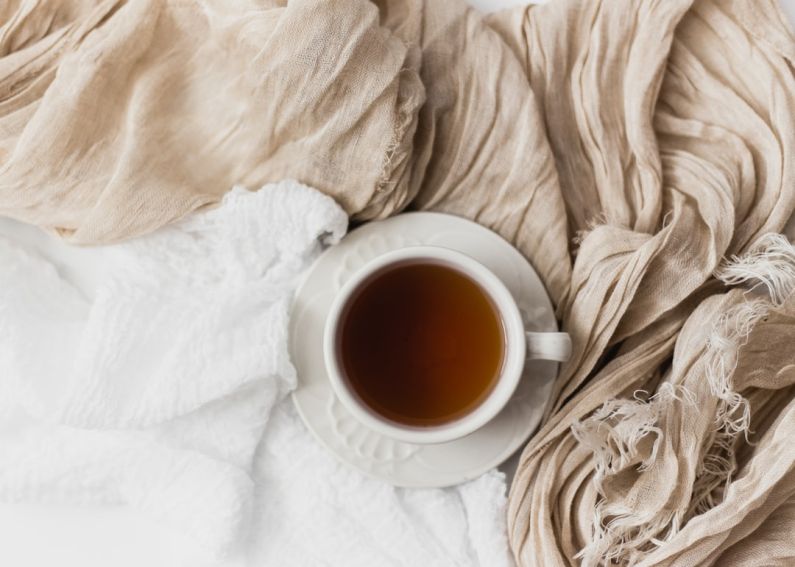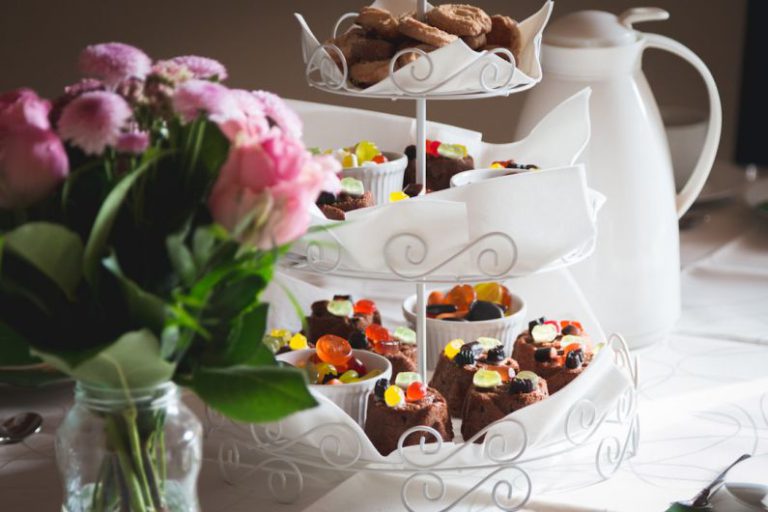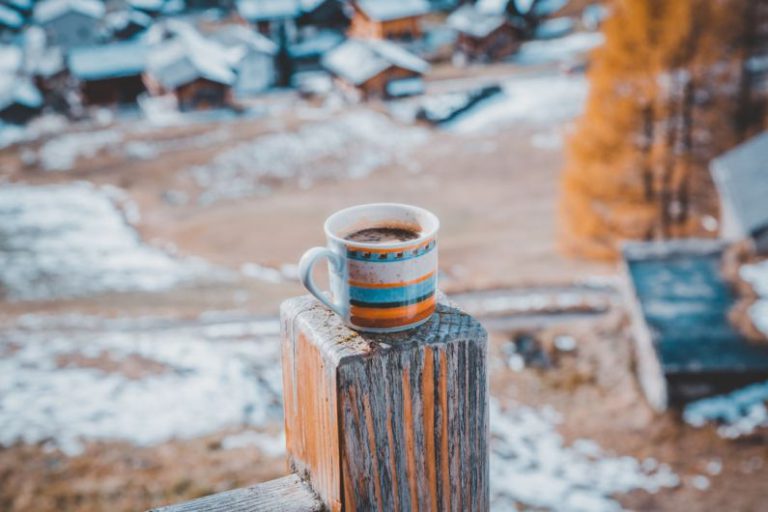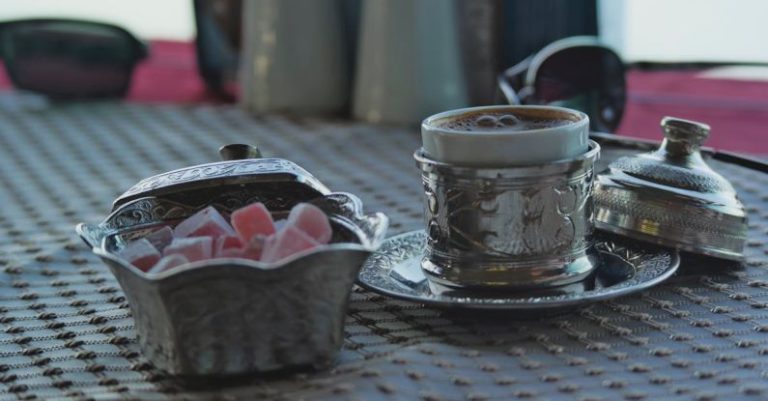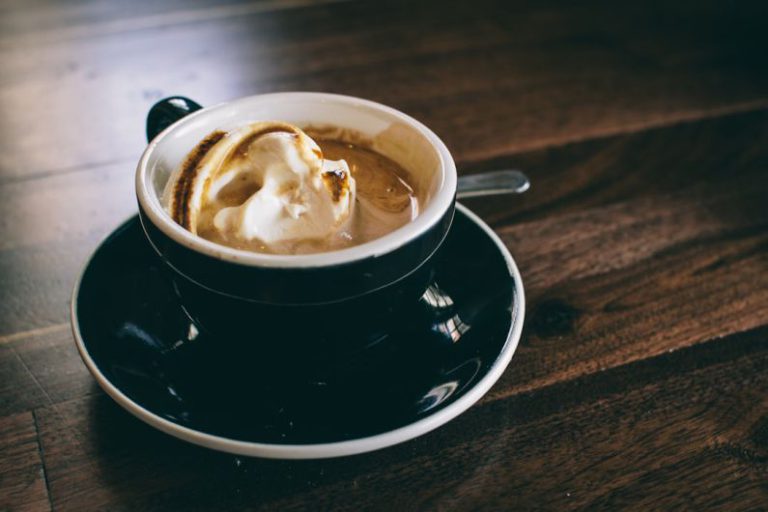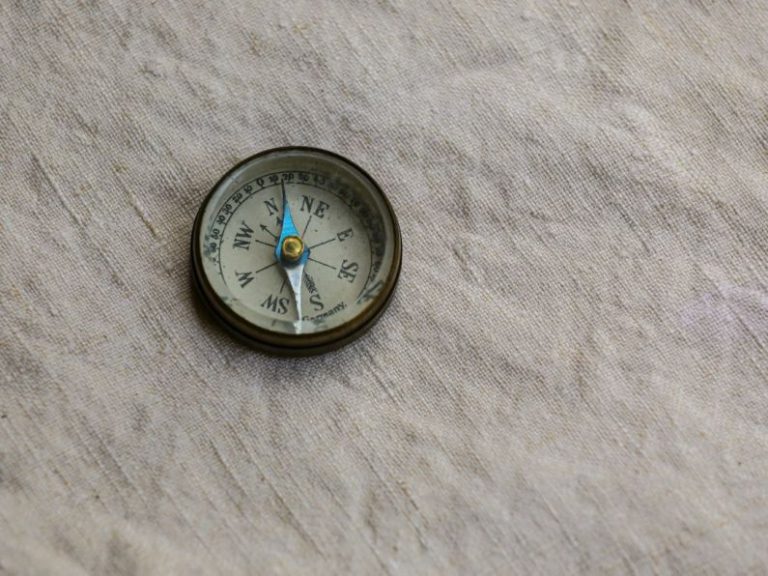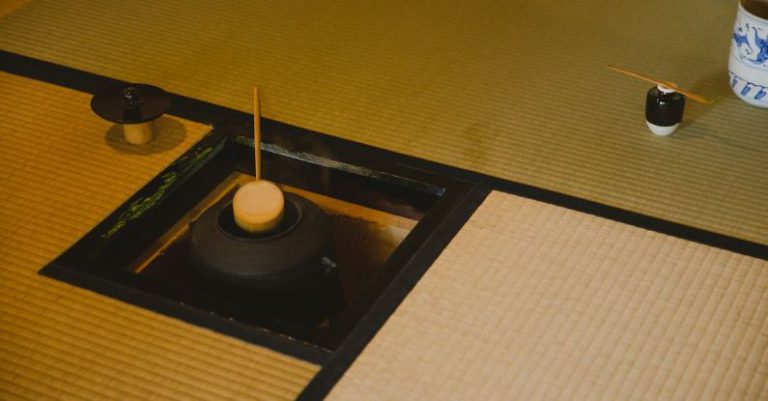The Tradition of Korean Tea Sets
Korean tea sets hold a rich cultural significance that extends far beyond their practical use. These exquisite sets are not merely vessels for brewing and serving tea but are also a reflection of Korea’s deep-rooted traditions and reverence for nature. From the intricate designs to the meticulous craftsmanship, Korean tea sets encapsulate the essence of Korean tea culture.
**The Art of Korean Tea Sets**
The art of making Korean tea sets dates back centuries, with each piece meticulously crafted to embody harmony, balance, and simplicity. Traditional Korean tea sets are typically made from materials such as porcelain, celadon, and clay, each chosen for its unique qualities that enhance the tea-drinking experience. Porcelain tea sets are revered for their delicate beauty and elegance, while celadon sets are prized for their jade-like appearance and subtle glaze. Clay tea sets, on the other hand, are celebrated for their earthy textures and natural warmth.
**Symbolism in Korean Tea Sets**
Every element of a Korean tea set carries symbolic meaning, from the shape of the teapot to the color of the cups. The shape of the teapot often symbolizes nature, with designs inspired by mountains, rivers, and flora. The color of the cups is also significant, with white symbolizing purity and simplicity, while blue represents tranquility and harmony. These symbolic elements not only enhance the aesthetic appeal of the tea set but also imbue each piece with a deeper cultural significance.
**The Ritual of Tea Brewing**
Brewing tea in a Korean tea set is not merely a mundane task but a ritualistic experience that honors the art of tea-making. The process of brewing tea involves precise measurements, controlled water temperature, and a mindful approach to each step. From warming the teapot to steeping the tea leaves, every action is performed with intention and reverence, transforming the act of tea brewing into a meditative practice.
**Tea Sets as Heirlooms**
In Korean culture, tea sets are often passed down from generation to generation, becoming cherished family heirlooms that carry memories and traditions. These heirloom tea sets serve as a connection to the past, linking the present generation to their ancestors and heritage. The act of using a family tea set not only preserves tradition but also fosters a sense of continuity and belonging within the family.
**The Modern Adaptation of Korean Tea Sets**
While traditional Korean tea sets remain highly revered, modern adaptations have also emerged to cater to contemporary tastes and lifestyles. Contemporary Korean tea sets often feature sleek designs, vibrant colors, and innovative materials, catering to a younger generation of tea enthusiasts. Despite these modern adaptations, the essence of Korean tea culture remains intact, with a deep respect for tradition and craftsmanship.
**Preserving Korean Tea Culture**
As Korea modernizes and adapts to the changing times, the tradition of Korean tea sets faces the risk of fading into obscurity. However, efforts are being made to preserve and promote Korean tea culture, with initiatives to educate the younger generation about the art of tea-making and the significance of tea sets. By honoring and preserving these traditions, Korea continues to uphold its rich cultural heritage and pass down its unique tea culture to future generations.
**In Summation**
Korean tea sets are not merely objects but embodiments of tradition, culture, and artistry. From their symbolic designs to the ritualistic brewing process, Korean tea sets encapsulate the essence of Korean tea culture. As these exquisite sets continue to be cherished and passed down through generations, they serve as a reminder of Korea’s rich heritage and enduring reverence for nature.
